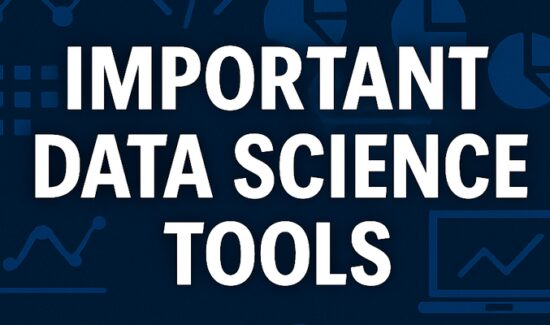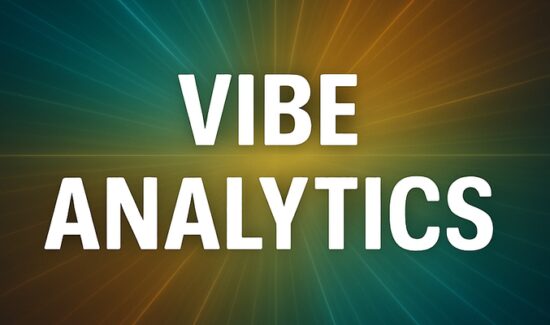From Insights to Action: How AI is Revolutionizing Modern Analytics


Sisense’s Yigal Edery offers insights on how AI is revolutionizing modern analytics. This article originally appeared on Solutions Review’s Insight Jam, an enterprise IT community enabling the human conversation on AI.
As companies look to operationalize AI and deliver real ROI with better insights and data-informed decisions, it’s critical to get the fundamentals of a data foundation right. Once this is established, AI can open up tremendous opportunities to analyze and visualize data better, helping everyone from non-coders to full-time developers use AI to create better actionable insights. Here are a few tips and opportunities I see coming up in this field.
Preparing the Groundwork
The first step to integrating AI into data visualization is clearly understanding your needs as an application builder. For example, what is the application you want to offer? And where do you think having analytics in your apps is going to be helpful for your users to enable them to make smart data-informed decisions?
Next, assess the data you have available and consider your data architecture. You should be thinking about where the data resides and what your data architecture is going to look like. How are you going to make the data available for an analytics platform to help you extract value from this data?
Critically, the data needs to be structured for an analytics platform to work with it. While there are opportunities to augment structured data with unstructured data in the future, for now, structured data is a must. Look for a platform that supports connecting to almost any data source, from data warehouses and data lakes to Excel and CSV files.
Unlocking AI’s Analytics Potential
One of the most exciting applications of AI is in data visualization. With AI, you can just use natural language to say what you want and it will give you suggestions on what visualization is right for the question you’re asking. This enables an iterative refinement process, where users can request tweaks like changing a line graph to a pie chart or adjusting colors.
AI can also translate visuals into plain-language narratives, explanations, recommendations and takeaways. Instead of seeing a chart, maybe it will give you a narrative, an English statement that describes the insights. One sentence can summarize a chart in plain English for people to consume. AI can identify the interesting changes, and instead of creating a new chart, just describe in natural language how sales in a particular category grew by 5% last quarter – possibly even with a voice input interface.
The freedom and flexibility of natural language opens up the power of data visualization to non-experts. If you still struggle with pivot tables, now you don’t need to sort out groupings and different axes because the AI can figure it out for you. You know what questions you need answered. Whether it’s a pivot table, chart or English narrative is the best way to answer those questions, AI can figure it out for you.
Navigating Challenges
Of course, AI is not without challenges. One issue is the need for a “semantic layer” to help AI better understand data. If you have a lot of data and you just throw AI at it, you’ll get a response, but without context, the response could be spot on or way off. But if you start to add semantic meaning behind the data – for example, making table names more friendly, adding context descriptions to the data, defining new formulas or custom columns with English descriptions – you end up with entities in the data that AI can work with better because AI can understand the meaning of data labels as easily as it understands the numerical data, and can better map your questions to the relevant data that can answer it.
Another challenge is the risk of AI “hallucinations” or inaccurate outputs. Human validation and critical thinking are crucial. It starts with common sense – if you see weird answers, always take the first answer with a grain of salt and try to make sense of it for yourself. With generative AI, it’s fairly easy to ask the same question two or three times in slightly different ways and compare responses to ensure the results are making sense. Looking down the road, we’ll see more systems with automated validation to flag potentially erroneous AI answers.
Collaboration and Accessibility
I see significant potential for AI to bridge the gap between technical and non-technical teams. In my vision, data engineers can pipeline the data, product managers can design the analytics and visualizations, and developers can embed it into the application–all with minimal coding required.
At Sisense, we describe the solution that enables this scenario as an end-to-end modern Analytics Platform. We support it for cloud based scenarios (Analytics Platform as a Service, or “AnPaaS”), as well as for self-hosted/on-premises use-cases. Each of the roles using our platform requires different skills, but the analytics platform offerings are built for the modern, data-driven world, offering everything needed for analytics in a cohesive, API-first platform. The platform stands out for its ease of use, flexibility, scalability, and builder-friendly capabilities, enabling organizations to move beyond traditional dashboards and create innovative, augmented analytics experiences that drive real business value.
This collaborative platform model includes a very powerful SDK, which focuses on enabling application builders to embed the AI-generated analytics, recommendations, or relevant widgets right in the context where you need to make a decision. Meaning you don’t have to go to a separate dashboard, you can access the right analytics to support what you need to do next right within your day-to-day business app.
As more companies embrace AI-powered analytics platforms, this requires vendors to enable easy self-service trials, so potential customers can quickly go in, try it out, and see the value without a lengthy sales process. Developers like to get access and play with tools themselves, so easy-to-implement platforms will make it easier for developers to integrate new features into their products.
The road ahead for AI in analytics will require equal parts exhilaration and hard work. We’re definitely on the frontier of using technology to revolutionize data-driven decision-making, and I see tremendous opportunities for companies to integrate better analytics into the products they make every day.
Delivering on that promise means rolling up our sleeves and laying the right groundwork, structuring our data, thinking critically about the outputs, and building bridges between teams. It won’t happen overnight, but with dedication and a clear vision, I believe we can make data truly accessible and insightful for all.





























